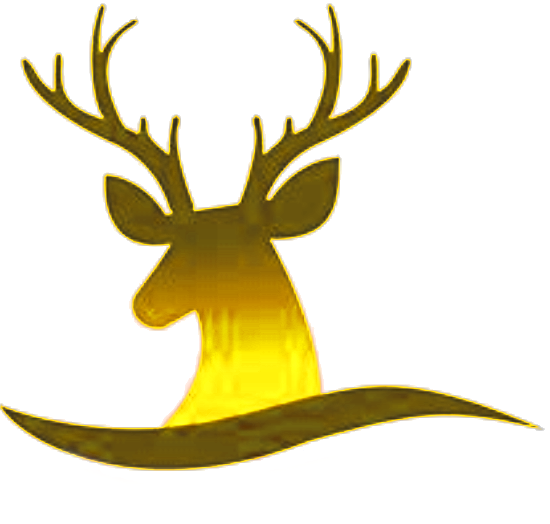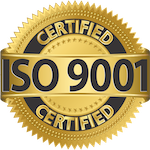Human Safety
Please come with warm and waterproof clothes,
appropriate to the season.
We expect all shooters to observe safe shooting
practice and safe gun handling throughout. Good custody practice must be followed with
respect to firearms.
All shots must have a suitable backstop: no
shooter should ever place a finger on a trigger unless
the rifle is on the correct part of the target and the
shooter knows for certain where the bullet will
stop. On flat ground, use the high seats provided.
Deer are heavy. Follow good lifting practice and
ensure the route out is safe.
Shot deer are gralloched and stored following best
practice for food hygiene so the carcass can enter the
human food chain, whether the shooter chooses to purchase
the deer they have shot or it is sold onto a venison
dealer. The guidelines are the Best Practice Guide for Venison Handling. These ensure the animal is not diseased and prevent the meat from being contaminated.
Firearm Requirements for Animal
Welfare
When culling an animal, we have a duty to do it as
humanely as possible. The welfare of the deer is
paramount.
Deer stalking is only conducted in hours of daylight,
using firearms with sufficient energy to assure a humane
kill when used by a skilled marksman. The law requires at least 1000 ft/lb of energy
for roe deer, and 1750 ft/lb for all other
species in Scotland. A minimum muzzle velocity of 2450 fps
applies for all deer. It is a further legal
requirement that the bullet must weigh at least 50
grains for roe deer and 100 grains for all other species
to ensure there is adequate penetration. In
general, a 0.243 is the minimum calibre we permit for
roe deer and a 0.270 is recommended for all deer.
If your ammunition is hand loaded, then we will need to inspect it and, if in doubt, will use a
chronograph to ensure it complies with the
legal requirements before a stalk commences.
All ammunition used for deer stalking must be
expanding, to dump its energy in the animal and not
simply drill a hole causing internal bleeding or a
lingering death.
You must have clear sight of the deer and what is behind it before taking a shot. No thermal sights, night sights or target illuminators
are permitted for stalking deer under Section 2 of the
Wildlife Act 1976, as amended by Section 45 of the
Wildlife (Amendment) Act 2000. We use high
resolution thermal imaging, including thermal sights,
for deer surveys and to ensure an area is safe before a
stalk commences, but these are never attached to any
weapon loaded with ammunition.
All rifles must have scopes fitted having at least a x8
magnification. Iron sights are not permitted for
deer stalking. No shots are permitted on any
moving animal or on any animal improperly presented to
the shooter.
We expect all stalkers to be able to place a three shot
group within a one MOA circle: a one inch circle at 100
yards. This is significantly tighter than the DSC1 level of a 4 MOA accuracy. If you cannot achieve this consistently then we
are happy to provide training and assistance so you can. This ensures every kill
is clean.
Stalks operated by Scottish Deer Management have thermal
imagers available
to track any animal should a shot placement cause the animal to run on.
. Additionally, all stalks have access to a
gun dog trained in tracking wounded deer.
We require that a sound moderator is fitted as it minimises stress on other animals in the vicinity. We can assist with these for shooters from countries where sound moderators are barred, such as Italy. Muzzle breaks are not acceptable alternatives to sound moderators: it is better to avoid over-sized calibres as these have excessive recoil and do unnecessary damage to the meat of the animal.
These rules are simple, keeping the operation as smooth and humane as possible, putting the welfare of the deer foremost. We are happy to help you with any aspect of them. Our job is to give you the best experience of Scottish stalking while treating these noble animals with compassion and respect.

